MetaSensing reaches a new milestone in the development of its StarSAR-X for the NOCTUA project, the multimode phased-array X-band SAR payload for small satellites. TRM, antenna panel and ground SAR processor are ready for testing and integration.
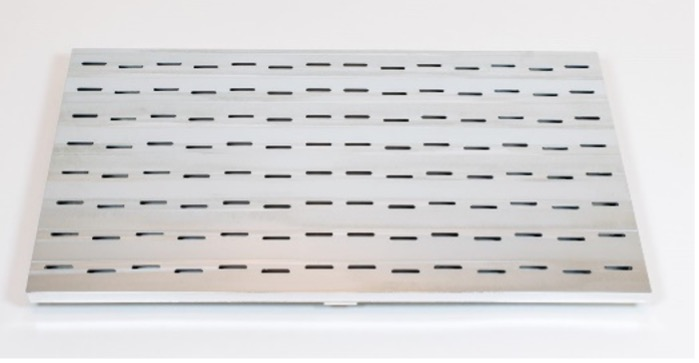
Fig 1 : Slotted wave guide antenna module of the StarSAR-X: front.
In late 2019, the Lombardia region in Italy awarded the NOCTUA programme, aiming at monitoring ground infrastructure and natural hazards by means of a dedicated high-resolution Synthetic Aperture Radar satellite. MetaSensing is providing the StarSAR-X, its phased array X-band SAR payload together with the SAR Ground Processing Facility. The SAR payload will be hosted on the ION2 platform built by D-Orbits resulting in a high-performance mini satellite SAR designed for repeat pass Differential interferometry at X-band..
The StarSAR-X is a scalable and flexible X-band spaceborne SAR payload featuring Stripmap, Spotlight, ScanSAR and TopSAR acquisition modes. The SSX has a deployable phased array antenna operating in single linear vertical polarization allowing electronic beam steering in both azimuth and elevation and supporting the different acquisition modes with high resolution capability (up to 30 cm in slant range)..
The SSX payload can provide valuable information for several applications, such as Differential Interferometry (DInSAR) for vertical deformation monitoring, Digital Surface Model (DSM) generation, high-resolution maritime and land surveillance, Geo-Intelligence, and mapping in general.
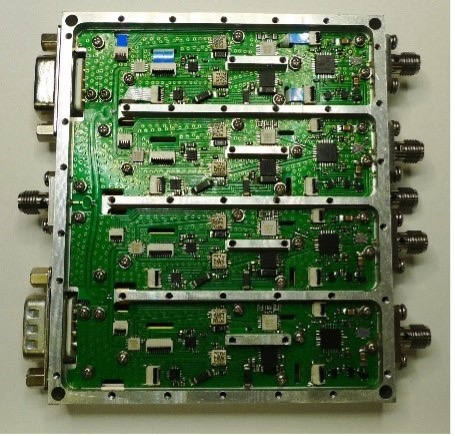
Fig 2: Quad-TRM developed for the StarSAR-X payload
The Antenna module consists of an 8-row subarray representing a quarter of the nominal Electrical Panel array of the whole antenna. Both slotted waveguide and microstrip patch array solution have been developed and are available for the StarSAR-X.
Each antenna module is connected to two Quad-TRM’s (Transmit Receive Modules) which are responsible for signal amplification and accurate amplitude and phase control for the electronic steering of the beam.
The antenna slotted waveguide technology increases the heat dissipation capacity of the payload improving the satellite lifetime. The StarSAR-X designed lifetime is 5 years.
The final version of the antenna module and the Q-TRM are ready for testing and integration.
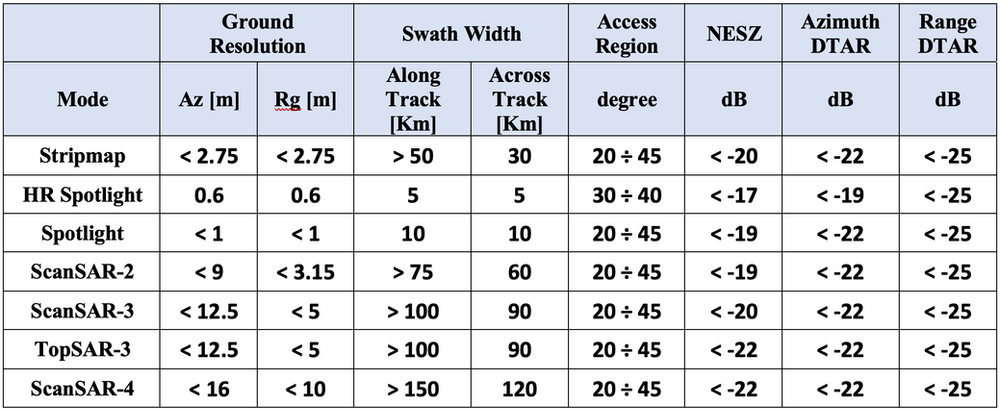
Fig 3: StarSAR-X SAR Performance for different operation modes
The StarSAR-X is designed to operate in all the conventional SAR acquisition modes: Stripmap, Spotlight, ScanSAR and TopSAR by fully exploiting the electronic beam-steering capability in the azimuth and elevation planes.
Additionally, a large-area maritime surveillance mode is programmable for ship detection.
The operative modes and radar parameters dimensioning has been performed by considering a full performance access region in the 20°- 45° incidence angle interval, so achieving a flexible imaging capability in terms of resolution and swath width.
A smaller region in the 30°- 40° incident angle interval is considered for the High-Resolution spotlight mode.
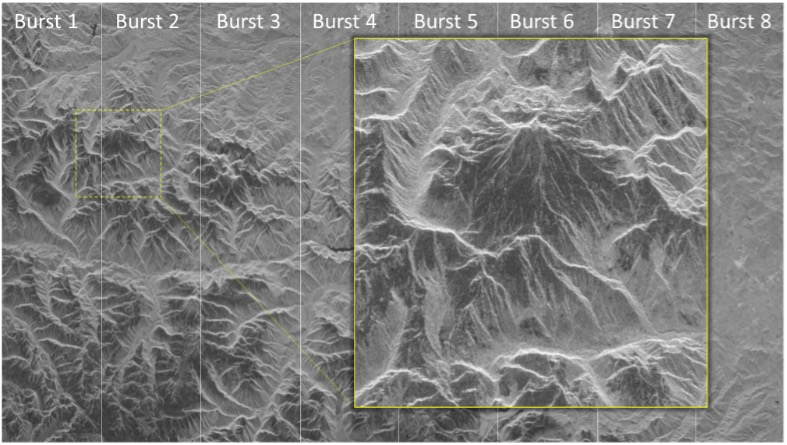
Fig. 4: TopSAR image(top) over The Andes region from ESA Sentinel 1A IW data generated by MetaSensing Satellite SAR Processor – MSSP.
The acquired SAR data are processed by the operational and fully scalable MetaSensing Satellite SAR Processor – MSSP which implements a highly precise Time Domain Back Projection (TDBP) algorithm accelerated by NVIDIA GPU technology, covering the full processing and calibration chain from raw data (Level-0) up to Level-1 SAR calibrated images.
The TDBP algorithm flexibility combined with the customizable GSP configuration options allows generating stacks of co-registered Single-Look Complex (SLC) SAR images, already geolocated using an external Digital Elevation Model (DEM) with compensated phases for topography. This product is expected to help SAR differential post-processing, in line with the main driver of NOCTUA which involves exploiting DInSAR techniques.
L0 data from ESA Sentinel-1 satellites are being used to test and benchmarking the MSSP.
The MSSP is fully scalable by employing additional NVIDIA GPU cards for the processing and calibration of the SAR data. As benchmark, the processing time for one entire Sentinel-1 Stripmap SAR image at full resolution with 8x Nvidia V100 takes about 180 seconds, while a TopSAR single polarization, 3 beams, 12 bursts clocks at about 150 seconds.
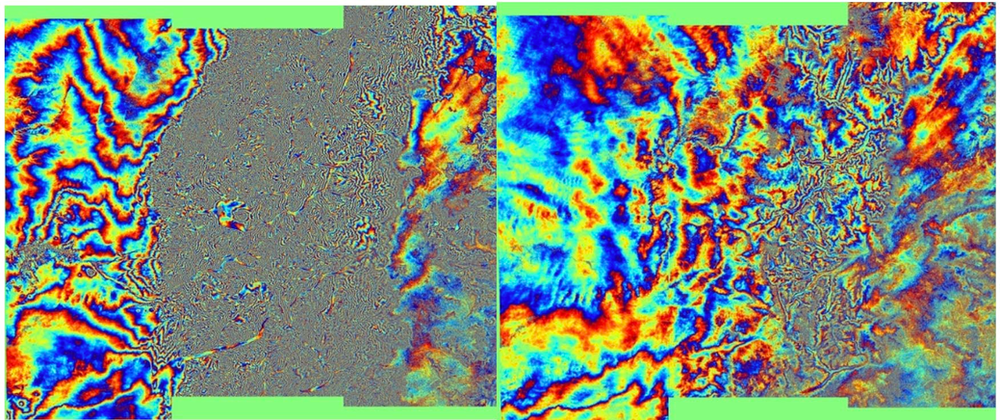
Fig. 5 – TopSAR Interferogram-InSAR (left) and TopSAR differential interferograms-DInSAR (right) over The Andes region from ESA Sentinel 1A IW data generated by MetaSensing Satellite SAR Processor – MSSP
The StarSAR-X is developed in Italy within the Defence & Space division of MetaSensing.
References:
https://spacenews.com/d-orbit-sar-infrastructure/
Follow us on Linkedin: https://www.linkedin.com/company/metasensing
For more information please send an email to info@metasensing..com
